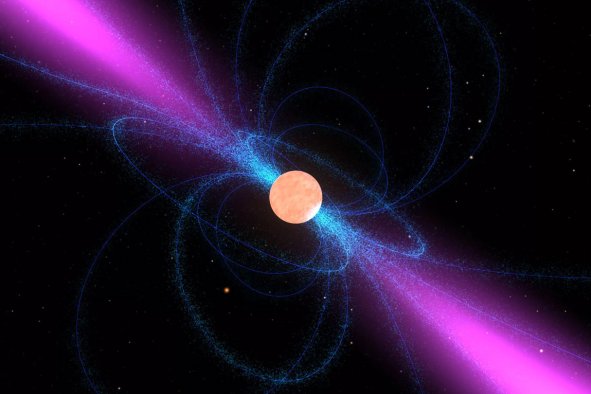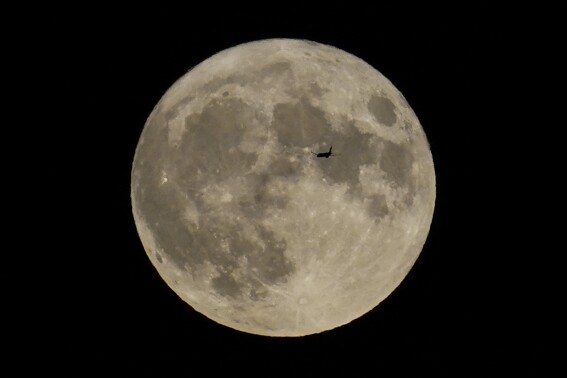Scientists may have solved a decades-old mystery after uncovering the likely cause of a disease affecting up to one in three veterans who served in the Gulf War. The discovery offers hope to the hundreds of veterans suffering from Gulf War Illness by opening up a potential avenue for future therapeutics and symptom relief.
The Gulf War was an international conflict in 1990 and 1991 that was sparked by the Iraqi invasion of Kuwait in 1990. Almost one million military personnel from 41 different countries engaged in the combat, where they were exposed to a range of chemical and biological war agents.
In 1994, the U.S. Centers for Disease Control and Prevention (CDC) launched an investigation after an influx of reports from Gulf War veterans concerning an unexplained illness. Symptoms included a recurrent rash, diarrhea, muscle pain, cognitive issues and fatigue.
Thirty years later, there are still several unanswered questions about the so-called Gulf War Illness, although many scientists agree that it is likely a result of exposure to a combination of biological and chemical warfare agents and other environmental hazards from the war-torn region.
Now, scientists from Griffiths University have for the first time identified a biological mechanism that may be responsible for the mysterious illness.
In a study published in the journal PLOS One, the research team said that molecules involved in transporting calcium into our cells were defective in veterans with Gulf War Illness. Calcium plays a crucial role in cellular signalling, helping to regulate a range of essential functions, including muscle contraction, nerve function and hormone secretion.
"This discovery is a significant step forward in understanding this baffling and complex illness," Sonya Marshall-Gradisnik, study author, professor and director of Griffith University's National Center for Neuroimmunology and Emerging Diseases, said in a statement.
Previous studies have found clear relationships between environmental toxins and damage to these calcium-transporting structures, such as biological and chemical war agents.
"The findings from our research provides clear scientific evidence that the health problems experienced by Gulf War veterans can be directly linked to their exposure to specific hazardous agents during their service," Marshall-Gradisnik said. "Our research clearly shows cell structures within the human body are sensitive and vulnerable to these agents, causing faulty cell function."
By improving our understanding of the biochemical basis of the disease, the researchers hope we will soon be able to develop effective treatments to cure or at least manage the symptoms of Gulf War Illness.
"This breakthrough in understanding the cause of Gulf War Illness now provides hope for researchers to be able to develop new treatments to improve the future for our veterans," Marshall-Gradisnik said.
Ian Allwood, a Gulf War veteran and Gulf War Illness advocate in Australia, said that he was deeply thankful for the research. "To be believed means the world to us," he said in a statement. "This research is life-changing for the Gulf War Vets.
"For those in the Veteran community that have been suffering, this is the first step in identifying a causal factor. This is groundbreaking research that will hopefully open pathways to treatment for the often-debilitating symptoms."
Is there a health problem that's worrying you? Do you have a question about Gulf War Illness? Let us know via health@newsweek.com. We can ask experts for advice, and your story could be featured in Newsweek.
Disclaimer: The copyright of this article belongs to the original author. Reposting this article is solely for the purpose of information dissemination and does not constitute any investment advice. If there is any infringement, please contact us immediately. We will make corrections or deletions as necessary. Thank you.



